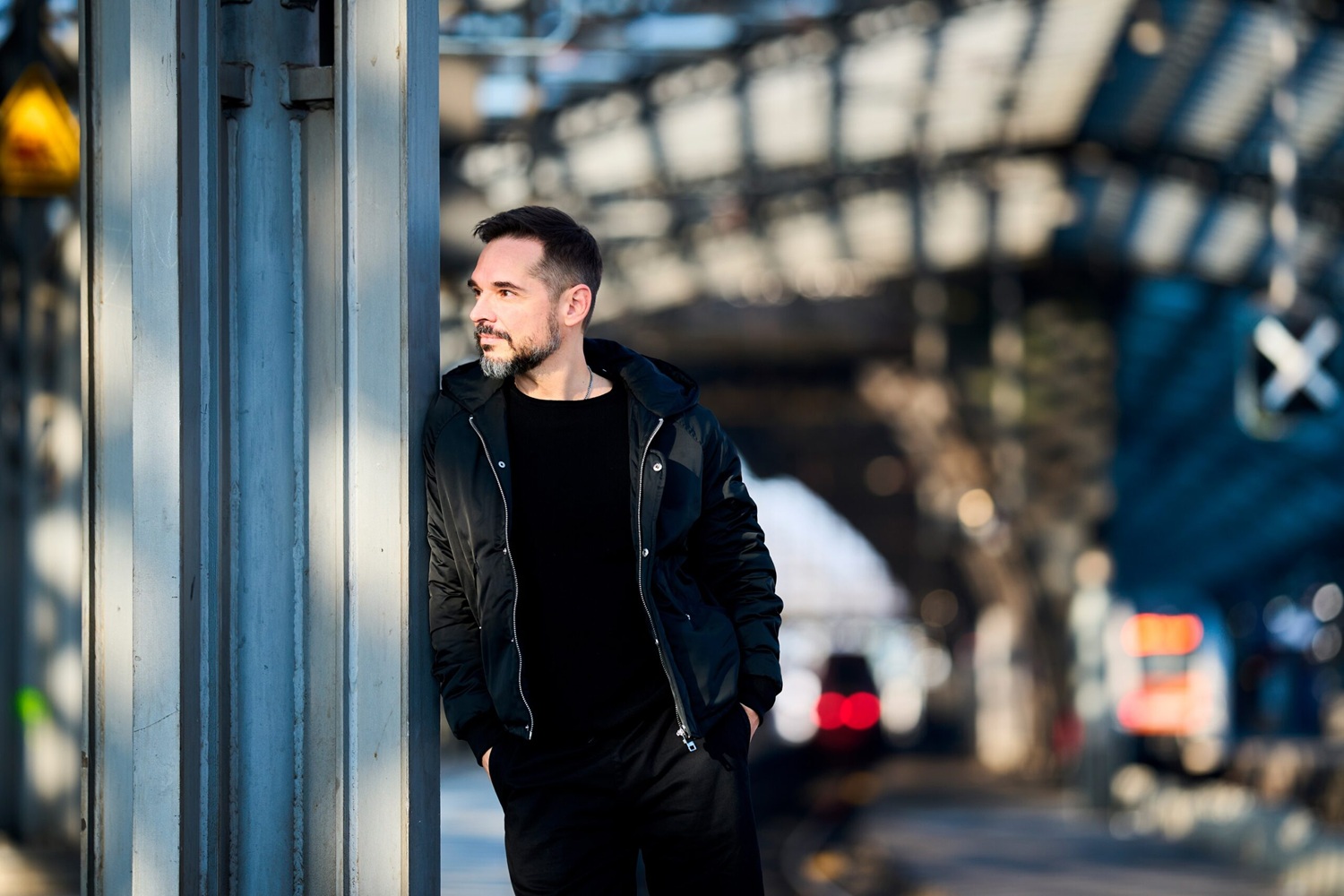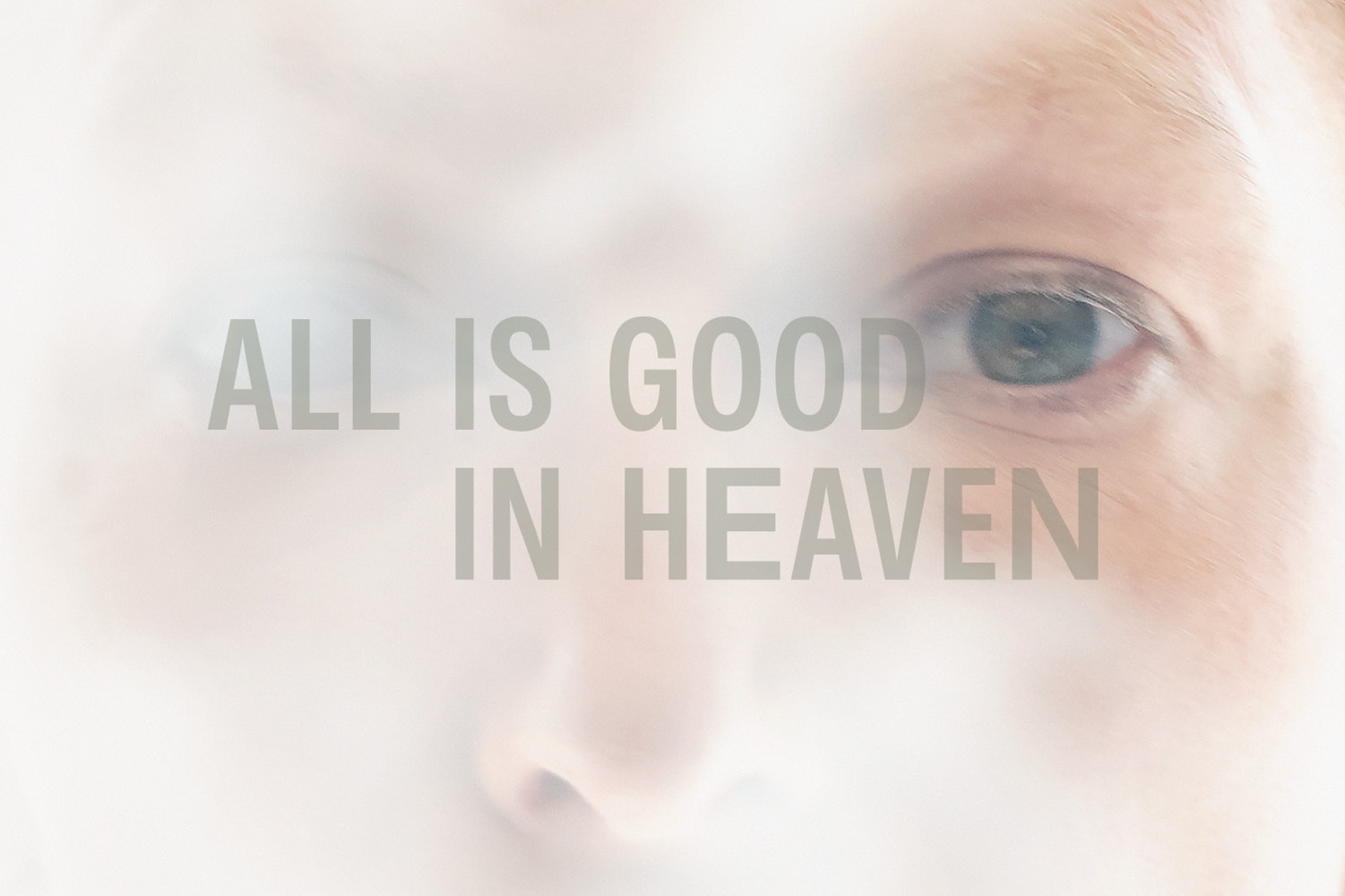
Slyšet 2x
10/11 2025 19:30
Velká dvorana FHS UK
contemporary, classical
Miroslav Srnka – Eighteen Agents
Orchestra BERG & Peter Vrábel – conductor
Hearing it once is good. Hearing it twice is much better! Another evening in this exceptionally popular format will introduce the musical world of acclaimed Czech composer Miroslav Srnka. Mirek will be present in person in Prague and will introduce his composition together with the musicians and conductor Peter Vrábel!

All Is Good
in Heaven
16/11 2025 20:00
DOX+
contemporary, classical

All Is Good
in Heaven
17/11 2025 20:00
DOX+
contemporary, classical

All Is Good
in Heaven
18/11 2025 20:00
DOX+
contemporary, classical

All Is Good
in Heaven
19/11 2025 20:00
DOX+
contemporary, classical

All Is Good
in Heaven
20/11 2025 20:00
DOX+
contemporary, classical
